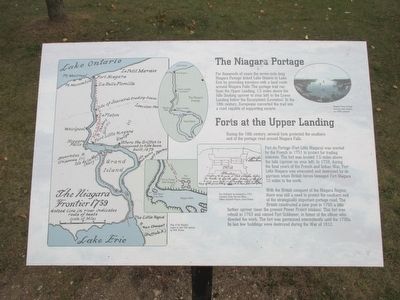Welcome to the Wounded Knee Massacre Site, a place of profound historical significance located on the Pine Ridge Reservation in southwestern South Dakota. This site marks one of the most tragic events in Native American history, the Wounded Knee Massacre that occurred on December 29, 1890. It was here that U.S. federal troops opened fire on a band of Lakota Indians, resulting in the deaths of approximately 150 to 300 men, women, and children. This horrific event was the culmination of the U.S. Army’s efforts to suppress the Plains Indians and marked the end of organized Native resistance to reservation life and forced assimilation.
The roots of this tragedy can be traced back to the era of westward expansion, when the U.S. government repeatedly violated treaties with the Lakota and other Plains tribes. The 1868 Treaty of Fort Laramie had promised the Lakota a large reservation, but over time, this land was drastically reduced. By the late 19th century, the Lakota were experiencing severe hardships due to land loss and government-imposed assimilation policies. These dire conditions led to the rise of the Ghost Dance movement, a spiritual revival that promised the return of the buffalo and the disappearance of white settlers. The movement, however, was met with fear and suspicion by the U.S. authorities, ultimately leading to the massacre at Wounded Knee Creek.
Among the notable figures connected to this site is Chief Sitting Bull, a respected leader who was killed just weeks before the massacre. His death heightened tensions and contributed to the tragic events that followed. The massacre site was later occupied in 1973 by members of the American Indian Movement (AIM), who sought to bring attention to ongoing injustices against Native Americans. This 71-day occupation, known as the Second Wounded Knee, highlighted the deep-seated grievances and struggles for Native American rights and sovereignty.
The Wounded Knee Massacre was not just an isolated incident but part of a broader narrative of oppression and resistance that defined the relationship between the U.S. government and Native peoples. Today, the site stands as a somber reminder of the past and a symbol of resilience and the enduring fight for justice.



